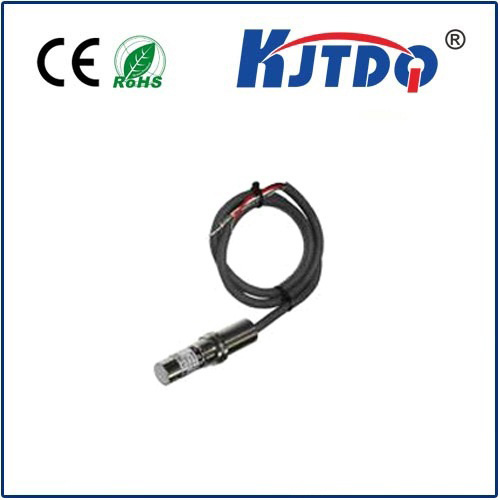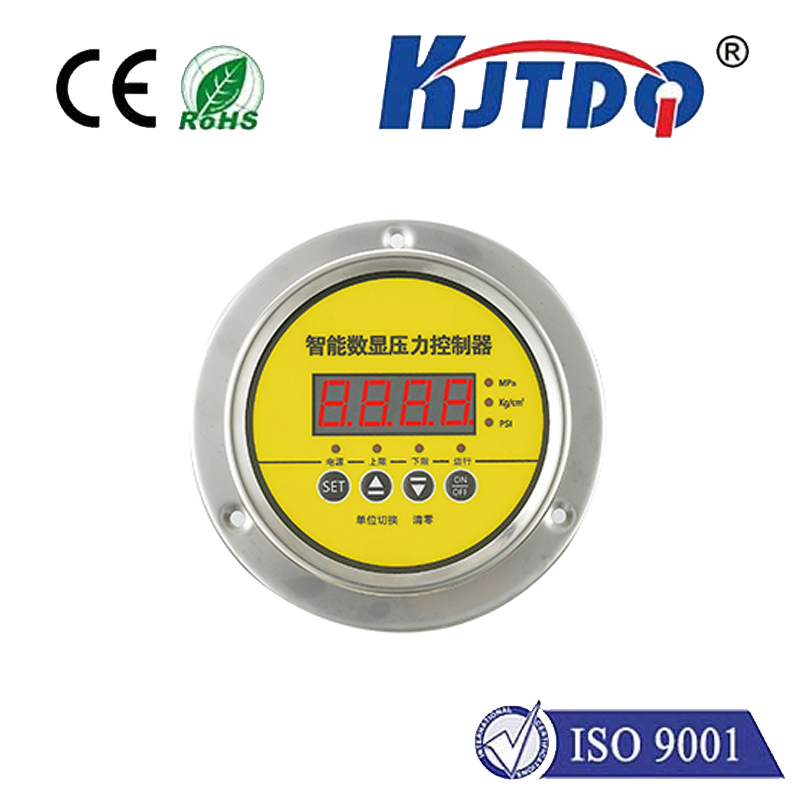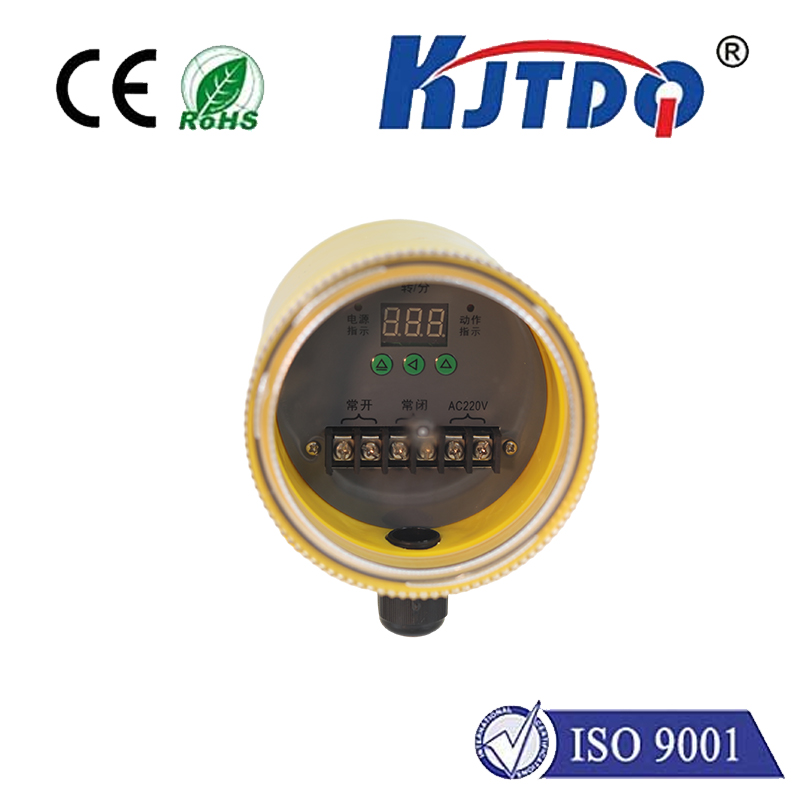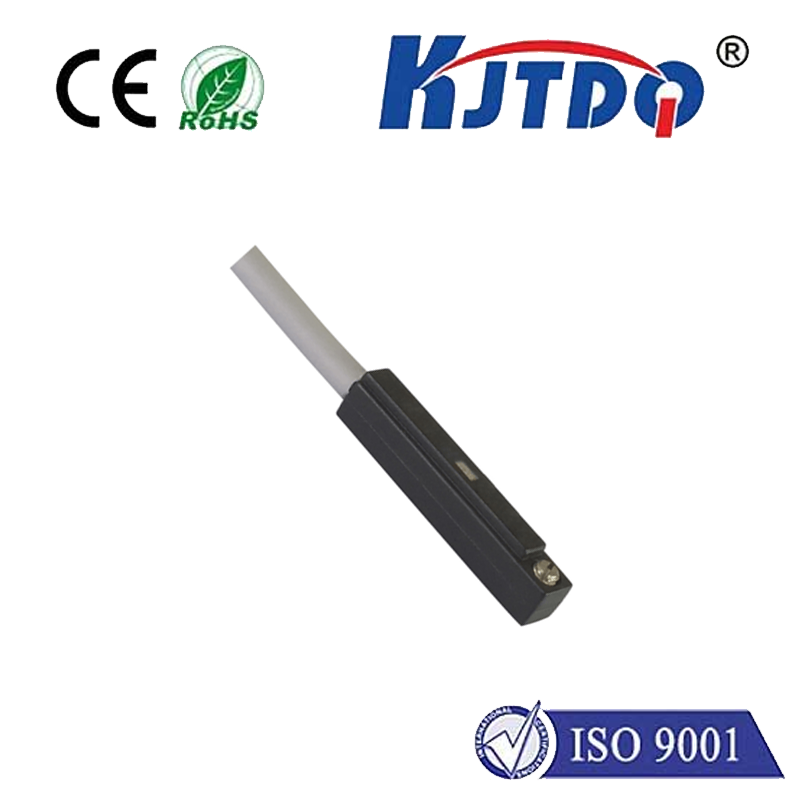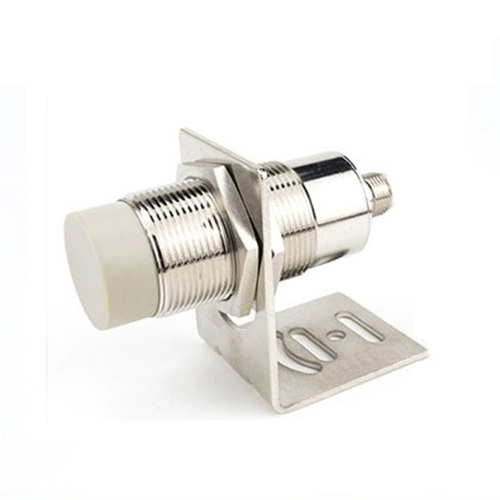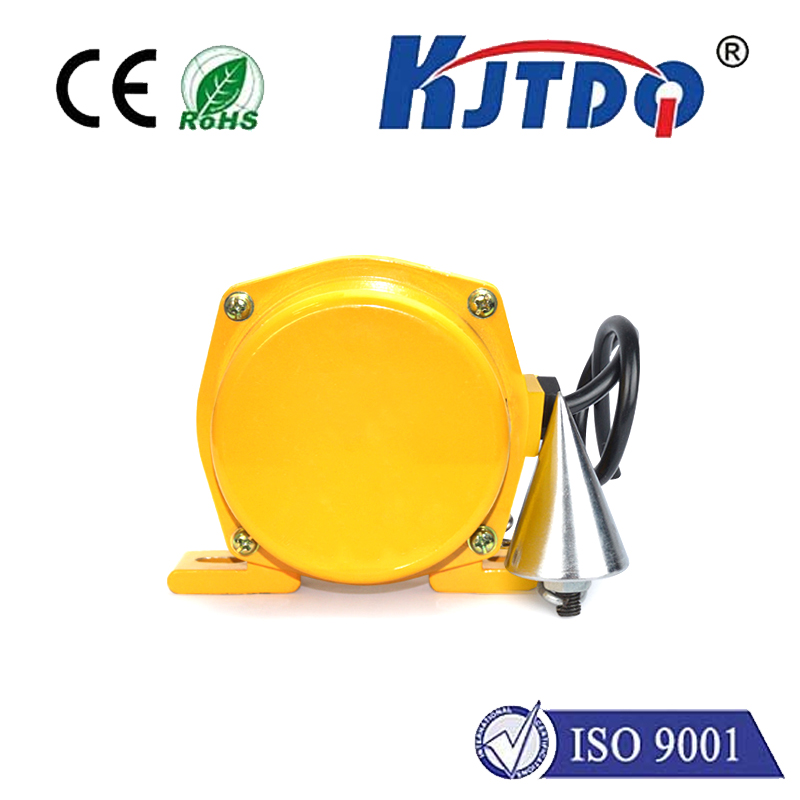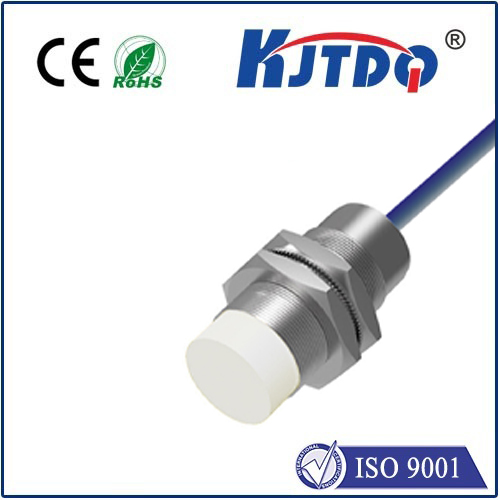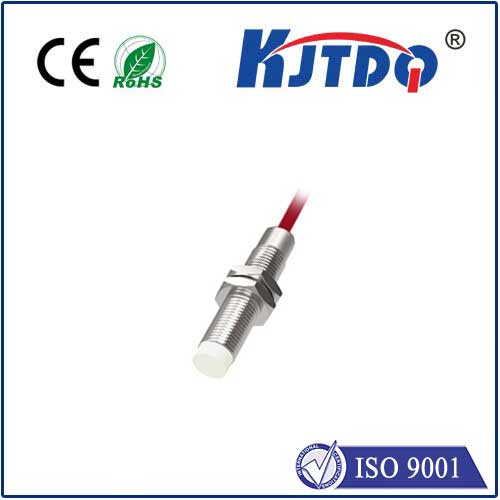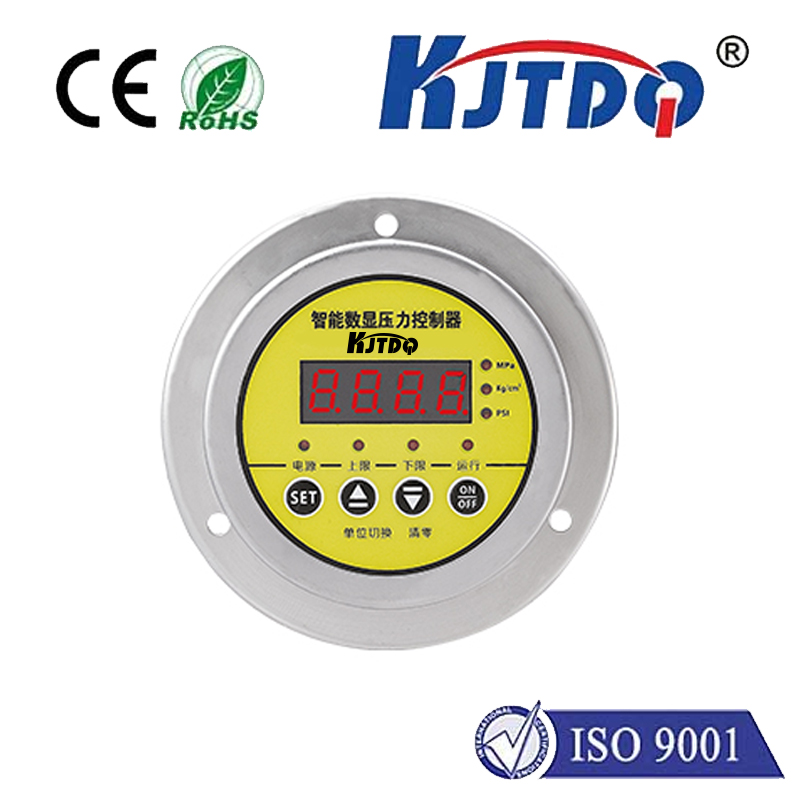Цилиндрический фотодатчик
- time:2025-09-10 21:25:38
- Нажмите:0
Cylindrical Photoelectric Sensors: The Silent Powerhouse of Modern Automation
Imagine a world where production lines grind to a halt, conveyor belts spill their contents unchecked, and robotic arms move blindly. This chaotic scenario highlights the critical, yet often unseen, role of sensors. Among the most versatile and indispensable are cylindrical photoelectric sensors. Their unassuming tubular form conceals sophisticated technology, acting as the omnipresent eyes of countless automated systems, ensuring precision, safety, and efficiency from factory floors to intricate machinery. Understanding their function, benefits, and applications reveals why they remain a cornerstone of industrial innovation.
At their core, photoelectric sensors operate on a simple yet powerful principle: they detect the presence, absence, or distance of objects using light. A Цилиндрический фотодатчик integrates this technology within a robust, typically metal, cylindrical housing. This design isn’t merely aesthetic; it offers significant mechanical durability and facilitates easy mounting through standard brackets or threaded holes (common sizes are M12, M18, M30). Inside, three primary components work in concert: an emitter (usually an LED or laser diode) generates the light beam, optics focus it, and a receiver (photodiode or phototransistor) detects changes in the received light caused by an object interrupting or reflecting the beam.

The magic lies in the different operating modes tailored for specific detection challenges:
- Through-Beam (Opposed Mode): The emitter and receiver are separate units facing each other. Detection occurs when an object breaks the beam. This mode offers the longest sensing ranges and highest reliability, as it’s relatively immune to target surface color, texture, or reflectivity.
- Retroreflective Mode: The emitter and receiver are housed in the same sensor unit. A separate reflector (prism or tape) bounces the emitted light back to the receiver. An object is detected when it blocks the beam’s path to the reflector. This offers a good balance of range and ease of installation compared to through-beam, requiring wiring only to the sensor head.
- Diffuse (Proximity) Mode: Both emitter and receiver are in the single cylindrical housing. The sensor relies on light reflected directly off the target object itself. Detection happens when sufficient reflected light returns. While offering the simplest installation (no separate component), range is shorter and performance can be influenced by the target’s material, color, and surface properties.
So, what makes the cylindrical form factor so compelling? Its advantages are deeply rooted in the demands of industrial environments:
- Exceptional Durability: The robust metal housing provides outstanding resistance to impact, vibration, and crushing forces common on busy production lines. This structural integrity is paramount for long-term reliability.
- Ingress Protection (IP Rating): Cylindrical sensors are readily available with high IP ratings (e.g., IP67, IP69K), offering superior protection against dust, water jets, oils, and coolants. This makes them ideal for demanding applications like food processing, washdown areas, or outdoor use.
- Simplified Installation & Mounting: Standardized threads (M12, M18, M30) and readily available mounting brackets allow for quick, secure, and flexible installation. They can be easily adjusted, replaced, or relocated.
- Space Efficiency: Their compact, tubular design allows them to fit into tight spaces where bulkier rectangular sensors simply wouldn’t work, offering crucial design flexibility.
- Reliable Performance: Shielding inherent in the metal housing can contribute to better immunity against electromagnetic interference (EMI), ensuring consistent operation near motors or drives.
The versatility of cylindrical photoelectric sensors translates into an astonishingly wide range of industrial automation applications. You’ll find them performing critical tasks such as:
- Object Detection & Counting: On conveyor belts (detecting packages, bottles, cans), assembly lines (verifying part presence/absence), and packaging machinery.
- Position Verification: Confirming the precise position of robotic arms, slides, gates, or clamps before the next process step.
- Level Monitoring: Detecting minimum or maximum levels of liquids (in translucent tanks) or bulk materials (like powders or grains) in containers or hoppers.
- Web Break Detection: Monitoring continuous materials like paper, film, or textiles for breaks.
- Security & Access Control: Acting as hidden beams for perimeter security or door position sensing.
- Print Registration & Label Alignment: Ensuring accurate placement in printing and labeling applications.
Choosing the right Цилиндрический фотодатчик involves considering several key factors to ensure optimal performance:
- Operating Mode: Select through-beam for long-range reliability, retro-reflective for a balance, or diffuse for simplicity on reflective targets.
- Sensing Range: Match the sensor’s specified range to your application’s object distance requirements.
- Output Type: Decide between PNP (sourcing) or NPN (sinking) transistor outputs compatible with your PLC or controller.
- Light Source: Red light LEDs offer balance and cost-effectiveness; laser diodes provide precise small object detection and longer ranges; infrared minimizes ambient light interference.
- Environmental Conditions: Ensure the sensor’s IP rating, operating temperature range, and resistance to chemicals match its intended environment.
- Target Characteristics: Consider size, color, texture, and material, especially for diffuse sensors, as these heavily influence detection reliability.
From verifying the presence of a tiny component to guarding a high-speed production line, cylindrical photoelectric sensors provide the essential, reliable sensory feedback that keeps modern industry moving. Their robust construction, proven technology, and adaptable design solidify their position as an indispensable solution for engineers seeking dependable object detection within the demanding world of industrial automation. When precision and durability under tough conditions are required, the cylindrical photoelectric sensor consistently delivers.

